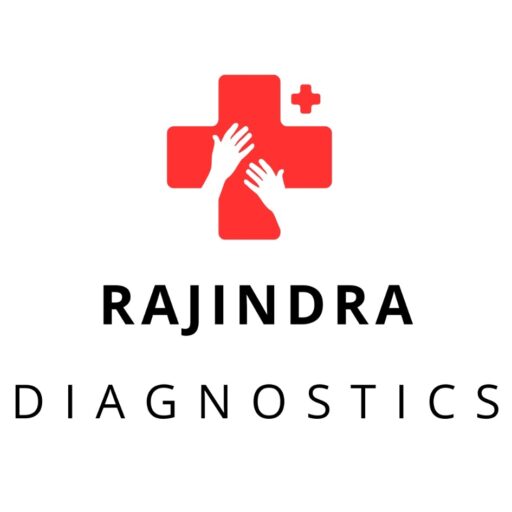A Comprehensive Guide to Obstetric Ultrasound
Obstetric ultrasound is an essential tool in prenatal care, providing critical insights into fetal development and maternal health. It helps in monitoring the baby’s growth, detecting abnormalities, and ensuring a safe pregnancy journey. In this blog, we will explore the different types of obstetric ultrasounds and their significance.
1. Dating Ultrasound: Confirming Pregnancy and Estimating Gestational Age
A dating ultrasound is typically performed in the first trimester, between 6 to 9 weeks of pregnancy. The primary objectives of this scan include:
- Confirming pregnancy and detecting the presence of a fetal heartbeat.
- Estimating the gestational age and determining the due date.
- Identifying multiple pregnancies (twins or more).
- Checking for ectopic pregnancies or early pregnancy complications.
This scan is particularly helpful for women with irregular menstrual cycles or those unsure of their last menstrual period.
2. Nuchal Translucency (NT) Scan: Screening for Chromosomal Abnormalities
Conducted between 11 and 14 weeks of pregnancy, the NT scan is a crucial screening tool for detecting chromosomal abnormalities such as Down syndrome (Trisomy 21), Trisomy 18, and Trisomy 13.
During this scan, the thickness of the fluid-filled space at the back of the baby’s neck is measured. A higher-than-normal measurement may indicate an increased risk of genetic disorders. The NT scan is often combined with a blood test for more accurate results.
3. Anatomy Ultrasound: A Detailed Fetal Examination
Also known as the mid-pregnancy or anomaly scan, the anatomy ultrasound is performed between 18 and 22 weeks of pregnancy. This comprehensive scan assesses:
- The baby’s major organs, including the brain, heart, kidneys, and spine.
- Limb development and fetal movements.
- Placental position and amniotic fluid levels.
- Possible structural abnormalities or congenital disorders.
This scan plays a crucial role in ensuring the baby’s healthy development and preparing for any potential medical interventions if necessary.
4. Fetal Echocardiogram: Examining the Fetal Heart
A fetal echocardiogram is a specialized ultrasound performed between 18 and 24 weeks of pregnancy to assess the baby’s heart structure and function. It is recommended for:
- Pregnancies with a family history of congenital heart defects.
- Mothers with diabetes or other medical conditions affecting fetal development.
- Pregnancies with abnormal findings in previous ultrasounds.
- Pregnancies conceived through assisted reproductive techniques (IVF/ICSI).
This detailed scan helps detect heart defects early, allowing for timely medical management.
5. Growth Ultrasound: Monitoring Fetal Well-Being
Growth ultrasounds are usually performed in the third trimester (after 28 weeks) to monitor the baby’s development. This scan evaluates:
- Fetal size, weight, and growth trends.
- Blood flow through the umbilical cord and placenta.
- Amniotic fluid levels and fetal movement.
- Any signs of fetal distress or restricted growth (Intrauterine Growth Restriction – IUGR).
Growth ultrasounds are essential for pregnancies with complications such as gestational diabetes, high blood pressure, or fetal growth concerns.
Conclusion
Obstetric ultrasounds are a fundamental part of prenatal care, offering valuable insights into fetal development and maternal health. Each type of ultrasound serves a specific purpose, helping healthcare providers ensure the best possible outcomes for both mother and baby. If you are expecting, consult with your healthcare provider to determine the appropriate scans for your pregnancy journey.
For more information or to schedule an ultrasound, visit our diagnostic center today!

